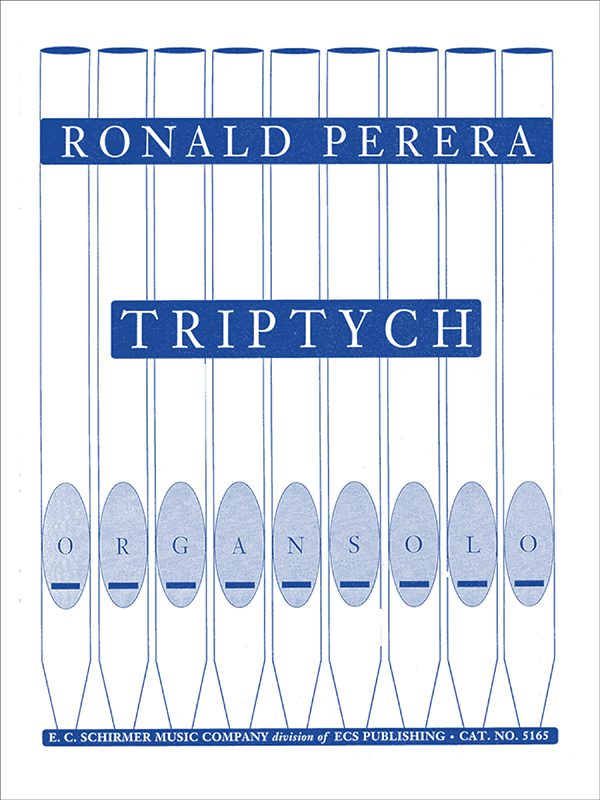Organ
This three-movement suite was commissioned by the AGO chapter in Berkshire, Massachusetts. The first movement, “L’Annunziazione,” is a large-scale fantasy, the second, “L’Adorazione,” is a short arioso, and the third, “L’Ascensione,” is a large toccata. The movements are neither too long nor too difficult, and the pieces could be used individually in services or recitals.
Movements:
- L’Annunziazione
- L’Adorazione
- L’Ascensione
| Composed: | 1997 |
| Duration: | 8:00 |
| Publisher: | E. C. Schirmer Music Company |
| Catalog Number(s): | 5165 |
Reviews:
This suite was commissioned by the AGO chapter in Berkshire, Massachusetts, with funding from that and other chapters, organ builders, and individuals. “L’Annunziazione” is a large-scale fantasy, “L’Adorazione” is a beautiful short arioso, and “L’Ascensione” is a large toccata. All three of the movements are typical of those genres… The movements are neither too long nor too difficult, and the pieces could be used individually in services as well as in recitals. This is fine American organ music worthy of consideration.
The Journal of the Association of Anglican Musicians
This work was written to commemorate the 50th anniversary of the founding of the Berkshire (Mass.) AGO Chapter. Its three movements are entitled “L’Annunziazione,” “L’Adorazione,” and “L’Ascensione.”
The musical materials and fervent mood of each movement superbly match the sacred theme in each case, but the piece also stands up perfectly well as “absolute” music. “L’Annunziazione” is rhapsodic in character, and its three distinct themes flow naturally and inevitably into one another in a highly symmetrical (A-B-C-B-A) form. The frequently changing time signatures pose no problem since the rhythm arises out of the clearly expressed thematic ideas. “L’Adorazione” is a slow lullaby in which the composer takes a fresh look at classic melody and accompaniment in the key of C major. Some of the phraseology is Bachian in character (likewise some of the sequences in the middle section), and one could wish that Perera had introduced a proper variation instead of the simple return of the theme. “L’Ascensione” begins like a French toccata but without any well-marked theme in the pedal. The middle section features “open harmonies” in fourths and fifths, with a theme that is subsequently counterpointed against the toccata. This is a strongly expressive work of great formal clarity, written in an up-to-date tonal harmonic language. It is well conceived for the organ, but not technically demanding; the three-manual writing in the outer movements can easily be modified to suit smaller instruments.
The American Organist 5/98
Thanks are due to the Berkshire chapter of the American Guild of Organists, which commissioned this work to celebrate their 50th anniversay. Perera draws his inspiration from three significant moments in the story of Christ: the Annunciation, the Adoration of the Child, and the Ascension. The first movement poses dazzling flourishes in dialogue between manuals and pedal; elsewhere, the figuration alternates with chords on opposing manuals. In the second movement, a limpid flute melody soars above rocking chords to create an engaging, if rather active, lullaby. The work concludes with a flashy toccata in which the two hands frequently duplicate each other’s motions, as is true of the first movement. Spiced with chromaticism, the work remains tonal and would readily appeal to conservative audiences unaccustomed to pungent, glaring dissonances. Because so many of the manual gestures appear in unison at the octave, both together and in alternation, the outer movements may be mastered with relative ease; the middle movement requires a bit more coordination. Recommended for both church and concert performance.
The Diapason 11/99

